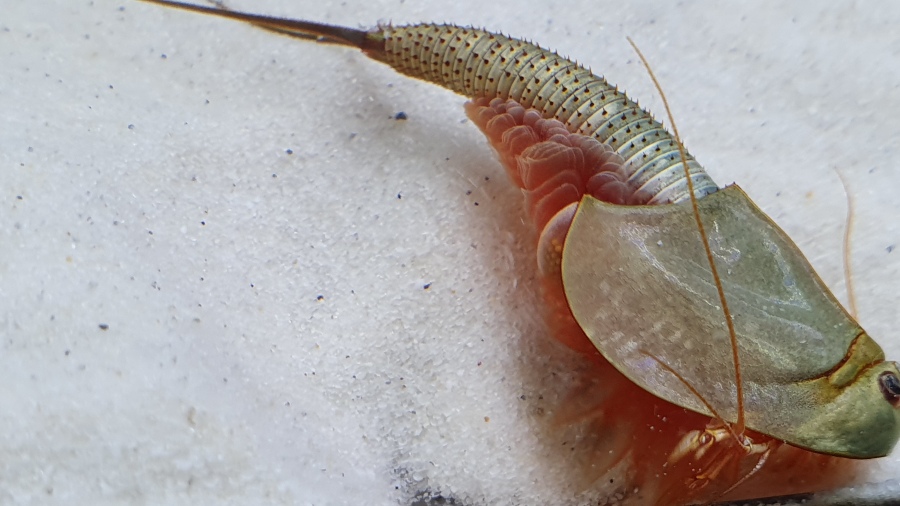Guide
History of prehistoric crustaceans: Fascinating survival over millions of years
Prehistoric crustaceans, scientifically known as Anostraca (gilled crustaceans), are one of the oldest and most fascinating groups of animals on our planet. With a history spanning hundreds of millions of years, they have managed to survive to the present day despite massive environmental changes and geological upheavals. Their history is a testament to the incredible adaptability of nature. In this blog article, I explain the history of prehistoric crustaceans.

History of prehistoric crustaceans: origin and evolution
The first prehistoric crustaceans appeared in the Middle Triassic period around 200 million years ago, at a time when dinosaurs ruled the earth. They belong to the crustacean family and are close relatives of shrimps, lobsters and crabs. Fossil finds suggest that they have changed only minimally, which makes them living fossils – organisms that have remained virtually unchanged for millions of years.
They have survived many major geological events throughout the Earth’s history, including the mass extinction at the end of the Cretaceous period, when the dinosaurs died out, and the drastic climatic changes in the modern era. While many species did not survive, prehistoric crustaceans repeatedly found ways to adapt to the new conditions. Their ability to live in extreme environmental conditions gave them a particular advantage.
History of prehistoric crustaceans: lifestyle and adaptations
Prehistoric crayfish are mainly found in temporary bodies of water such as ponds, puddles or short-lived lakes. These bodies of water often only form after heavy rainfall and then quickly dry up again. The crayfish have specialised in surviving in these ephemeral habitats. Their eggs, known as permanent stages or cysts, are extremely resilient and can survive for long periods – even decades – in dry soils. Only when conditions are favourable again do the crabs hatch from their eggs.
This adaptation is the key to their survival over millions of years. Even in hostile desert regions or barren mountain ranges, prehistoric crabs can be found just waiting for water to temporarily improve their living conditions. The ability of their eggs to withstand extreme temperatures, drought and even cosmic radiation has made them one of the best-adapted creatures on earth.
Modern times and popularity
While prehistoric crabs are of particular interest to scientists because of their resilience, they have also gained a special place in popular culture. In the 1960s and 1970s, they became popular as ‘Sea Monkeys’ after an American entrepreneur came up with the idea of selling their eggs in small packets, which could then simply be placed in water to hatch the crabs. This simple yet intriguing idea caught the attention of children around the world who were fascinated to see their own ‘pets’ hatch from eggs.
The commercial marketing of prehistoric crabs as ‘Sea Monkeys’ portrayed the animals in a playful and often trivialising light, which contributed to their great popularity. Nevertheless, their biological uniqueness remains remarkable. Despite their diminutive size, they have managed to occupy a significant niche in modern science and culture.
Significance for science
Prehistoric crabs have become very important in research. Their resilient eggs are being studied in space travel and astrobiology, as they could help to better understand how life could survive in extreme conditions such as on other planets. Prehistoric crabs are also valuable models for ecological studies, as they serve as bioindicators of environmental changes.
Their ability to survive in extreme environments also raises questions about the potential for organisms to survive in the harsh conditions of planets like Mars. NASA has already tested prehistoric crustaceans in space experiments to study the effects of weightlessness and radiation on the development of living organisms.
History of prehistoric crabs – Conclusion
The history of prehistoric crustaceans is a story of adaptation and survival. For hundreds of millions of years, they have not only survived many catastrophes in Earth’s history, but have also played a unique role in science and popular culture in modern times. These tiny crustaceans remind us how amazingly resilient life can be – and that even the smallest and most inconspicuous organisms can play a significant role in the evolution of the Earth.